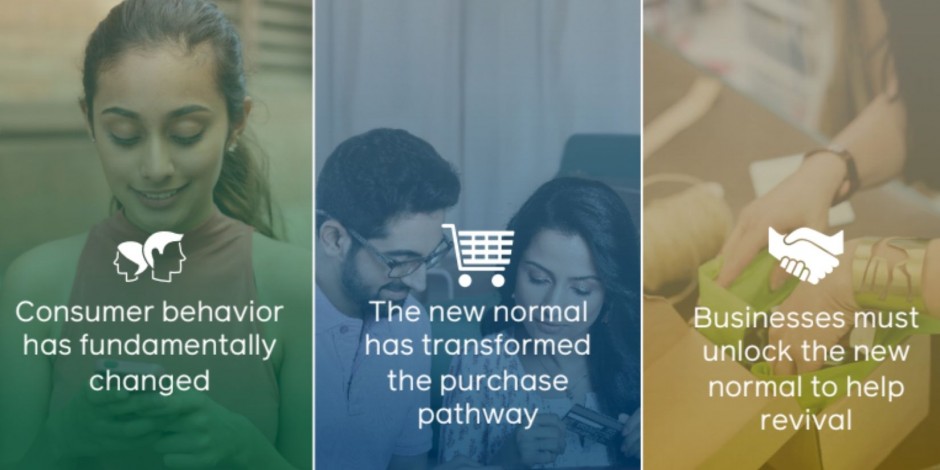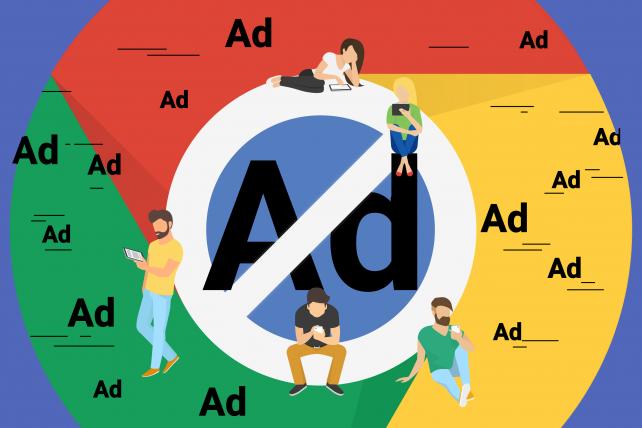By Shawn Lim
Brands need to focus on hyper-localisation by connecting with consumers where they are, as Covid-19 has dramatically changed consumer behaviour and altered the path-to-purchase, according to Facebook and Boston Consulting Group.
According to a new report called ‘Turn the Tide’, released by Facebook India and Boston Consulting Group, the use of micro-targeting can help brands get the first-mover advantage. This is because countries are being divided into different zones, with distinct restrictions due to the pandemic, so they need to build social connections despite social distancing, by engaging with consumers in their context
To cope with pandemic lockdown, which has caused significant disruption for communities and businesses, people are spending more time on social media platforms. This means brands have an opportunity to build stronger dialogues and deeper connections with users.
The aim of the guide, according to Facebook India and Boston Consulting Group, is to guide brands to adapt to the pandemic and ensure business continuity.
Nimisha Jain, the managing director and partner at Boston Consulting Group, says: “We are experiencing unprecedented shifts in consumer attitudes and behaviours as 80%+ consumers will continue to practice social distancing and are bringing the outside inside, over 40% of consumers are dialling up on health and wellness spends, e-commerce adoption has already advanced by two-three years, to name a few.”
“These aren’t just temporary surges, and many will last longer and become more defining traits. Our analysis reveals that only one in six companies emerged stronger in past crises. Players who show the agility to reinvent their value propositions, go-to-market plans and business models to address these demand shifts, will be the ones that set themselves apart from the pack.”
In addition, the report also shares actionable guidance for brands to build for the new consumer journeys in times of Covid-19 and beyond.
For example, brands can bring alive experiences through virtual launches and product demos as people turn to virtual experiences for every facet of their life. Facebook said it is already seeing more brands explore Facebook and Instagram ‘Live’ to connect with their followers and customers, with brands now thinking about using social media platforms for new product launches too.
Heeru Dingra, the chief executive officer at WATConsult tells The Drum the agency has modified its planning and strategy around the new consumer journeys, urging its clients to follow a simple mantra of ‘solve, serve and sell’.
She explains brands should focus on solving the problems their consumers face, serve their purpose and the result thereof could be the sale of services or products. She notes a lot of brands have understood this concept and have already started altering their approach to fit this mantra.
“We leveraged the power of gaming and re-created one of the most iconic games of all time, Ludo, for our client Tata Motors. Titled #SafetyFirst Ludo, this version aims to spread awareness about the importance of personal hygiene and social distancing amid the Covid-19 outbreak,” she says.
She also calls out work by Bajaj Allianz General Insurance called #CareWillOvercome, which salutes frontline workers, while a #ReconnectWithStarbucks campaign turned the act of baristas calling out people’s names into a digital phenomenon.
She adds: “These examples summarize how we integrated the need of the hour that is to maintain social distancing, continue to concentrate on personal hygiene and at the same time have our heartfelt appreciation for the ones who have been fighting for us day and night, into our brand approach in some way. This helps to amplify the brand message while being sensitive to the current situation, serving the purpose of extending the required communication and increasing as well as sustaining brand recall.”
The report also advised brands to look at their media mix models to drive growth by aligning to new media landscapes. According to the report, when brands, especially those with traditional product categories, start spending more online, they need to understand incremental outcomes, as well as cross-platform efficiency.
This would increase the need for digital measurement standards, such as custom mix modelling (CMM) by Nielsen, which Facebook said it had piloted last year.
Gautam Mehra, the chief data officer for South Asia and chief executive officer of programmatic at Dentsu Aegis Network observes the importance of moving away from traditional marketing metrics to real business metrics that can be measured and improved on an ongoing basis.
“With the impetus of commerce, CRM and digital transformation, I think, every company will now have a direct-to-consumer line of business and will want to bring themselves closer to the consumer, and rely less on the intermediaries,” he explains.
While most brands are dealing with huge change across many aspects of business, focusing on the changing customer journey is a good place for marketing to focus attention.
Feature Image Credit: the report also shares actionable guidance for brands to build for the new consumer journeys in times of Covid-19 and beyond.











